This article was medically reviewed by Troy A. Miles, MD. Dr. Miles is an Orthopedic Surgeon specializing in Adult Joint Reconstruction in California. He received his MD from the Albert Einstein College of Medicine in 2010, followed by a residency at the Oregon Health & Science University and fellowship at the University of California, Davis. He is a Diplomat of the American Board of Orthopaedic Surgery and is a member of the American Association of Hip and Knee Surgeons, American Orthopaedic Association, American Association of Orthopaedic Surgery, and the North Pacific Orthopaedic Society.
There are 7 references cited in this article, which can be found at the bottom of the page.
This article has been viewed 86,750 times.
Jungle rot disease affects the feet and sometimes the lower limbs. It is usually caused by mixed bacteria, and the infection can become quite serious if not properly tended to. When the condition is not treated in time, it can extend to the tendons and muscles to the extent of reaching the bones. However, with proper care and treatment, you can effectively cure your jungle rot.
Steps
Using Medical Treatment
-
1Recognize the signs of a jungle rot infection. "Jungle rot" is a term used to describe one or more tropical ulcers, which are normally caused by mixed bacterial infections (i.e. having more than one bacterial specimen involved). They are most commonly developed in tropical locations. They are painful and they may result in permanent damage to the surrounding tissues. In the most severe cases, if left untreated, the surrounding tissue may progressively die off, leading to a need for skin grafts and/or limb amputation. Therefore, dealing with the condition sooner rather than later is key. Common signs and symptoms include:[1]
- One or more raised lesions, usually on the feet and/or the lower legs.
- A somewhat undermined border to the lesion.
- A discoloured base is common, such as being yellow or black.
- There may be signs of dead tissue.
- They are more prevalent in children, teenagers, and women.
-
2Treat your ulcer(s) with procaine benzylpenicillin.[2] See your doctor to receive this treatment. It is administered via an intramuscular injection. It is a combination of the antibiotic penicillin (which fights against many different bacteria) and an anesthetic (pain-killing) agent called procaine. It is injected around the area of your wound(s), and is then absorbed into the bloodstream and circulated throughout your body.[3]
- A common treatment for jungle rot is 600,000 IU daily of procaine benzylpenicillin for two to four weeks. However, your physician may provide a different dose depending on the formulation, severity of the disease, and the physician's opinion of the lesion.
- For children under the age of 12, the dose should be adjusted to 25,000-50,000 IU/kg (the doctor will calculate the specific dose based on the child's body weight).
Advertisement -
3Dress the lesions properly. The application of daily non-adherent dressing is also warranted in order to keep the lesions clean and to minimize the spread of infection. The dressing should not be tight on the ulcer to allow the area to heal. Here are the basics:[4]
- Clean the area with water. It is important that the water you use be of the same sanitation as drinking water. Therefore, if you are concerned at all about water quality, boil it first and let it cool prior to using it to clean your ulcer(s). You do not want to introduce any new microorganisms into your wound.
- After cleaning with water, gently pat your wound dry.
- Apply liberal amounts of silver sulfadiazine over the affected area then cover it with the dressing. Depending on the severity of your condition, the dressing should be applied several times a day.
- Once the dressing starts to become wet, a dressing change must be done right away in order to control the spread of infection and to promote healing.
- Continue this process until the lesions have disappeared.
-
4Use broad-spectrum antibiotics. Jungle rot is often treated with broad-spectrum antibiotics like tetracycline, ampicillin and mebendazole.[5] In the later stages of jungle rot, if penicillin alone has not been sufficient to cure it, you may need to branch out to other antibiotics. Speak to your doctor to determine the best antibiotic regimen for you.
- Be sure to finish the whole course of antibiotics that is prescribed to you.
- Failure to comply with your antibiotic prescription may lead to incomplete resolution of your jungle rot, and it may return down the road.
- Therefore, be sure to finish all of your pills, as instructed by your doctor.
-
5Consider debridement.[6] In more aggressive cases where the ulcers are severe, debridement under local anesthesia is advised. Debridement is the surgical, chemical or mechanical removal of an unhealthy tissue to give way to new tissue growth which results in wound healing. This is also a way to save an otherwise healthy limb from needing amputation.
-
6Consider skin grafting. This can also be done when the ulcers are extensive. The procedure is done under general anesthesia, meaning that you will be unconscious and will not feel any pain while the surgery is being performed. The procedure involves removing a patch of the skin from one part of the body and attaching it or transplanting it to another area.[7]
- Amputation can also be done, where a part of the leg is removed due to extensive dead tissue.
- Note that this is only done in the most extreme of cases, when the jungle rot infection can't otherwise be controlled.
Using Home Remedies
-
1Consider vitamin E.[8] You can also apply vitamin E to soothe extreme pain and itchiness. Apply vitamin E directly to the affected part 3 times a day until the lesions start to dry up and heal. Vitamin E has soothing effects that can help to ease the itchiness and crusting of lesions.
- Eat plenty of foods that are rich in vitamin E - they help to maintain the good health of the skin.
- These foods include spinach, nuts, pumpkins, broccoli, avocado and rainbow trout fish.
-
2Try witch hazel.[9] Another home remedy which is thought to have a soothing effect is witch hazel. Apply liberal amounts over the affected area three to five times a day.
-
3See your doctor if your lesions get worse. Remember that if symptoms persist even after using these home remedies then it is best to drop by your doctor’s office to consider medical treatment. Because jungle rot can lead to tissue death if left untreated, if you notice it worsening it is key to be evaluated by a medical professional for definitive treatment sooner rather than later.
Preventing Jungle Rot
-
1Wear the appropriate shoes and socks.[10] This is especially important if you are living in places where jungle rot is widespread. Wear knee high boots if possible, especially if you are working in rivers or streams.
-
2Keep your feet clean and dry. Wash your feet after being exposed to unsanitary areas and keep them dry at all costs. A dry environment will keep the bacteria from spreading. Medicated powders can be used to keep the feet dry. This includes Tinactin that can be applied twice a day after thorough cleaning and drying the feet. But it's not only your feet - your limbs and the ground you touch should be as dry as possible, too.
- Wear breathable shoes to allow free air circulation.
- Feel free to go barefoot as well, as long as you're in sanitary conditions and not putting anyone else at risk.
-
3Clean your surrounding area. Since jungle rot is contagious, it's important to maintain a hygienic environment. Wash your clothes thoroughly and any floors and areas that have been in contact with the affected skin.
References
- ↑ https://www.racgp.org.au/afp/2014/september/tropical-and-exotic-dermatoses-and-ulcers/
- ↑ http://archives.who.int/emlib/MedicineDisplay58d5.html?Language=EN&MedIDName=259%40potassium%20permanganate
- ↑ http://www.drugs.com/pro/penicillin-g-procaine.html
- ↑ https://ilds.org/wp-content/uploads/2018/07/Management-of-Tropical-Ulcer.pdf
- ↑ http://www.dermnetnz.org/bacterial/tropical-ulcer.html
- ↑ http://www.dermnetnz.org/bacterial/tropical-ulcer.html
- ↑ https://dermnetnz.org/topics/tropical-ulcer/
- ↑ http://www.home-remedies-for-you.com/articles/2332/diseases-and-ailments/jungle-rot-disease.html
- ↑ http://www.home-remedies-for-you.com/articles/2332/diseases-and-ailments/jungle-rot-disease.html




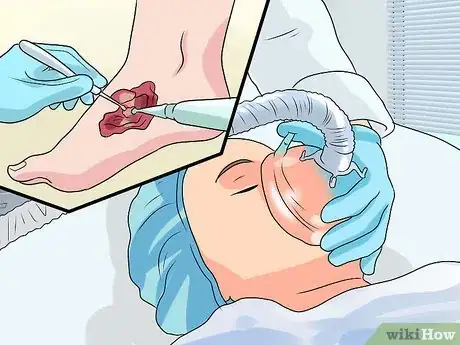
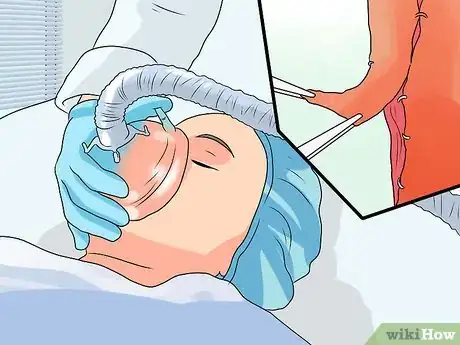
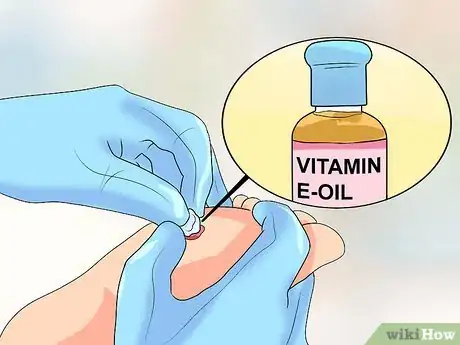

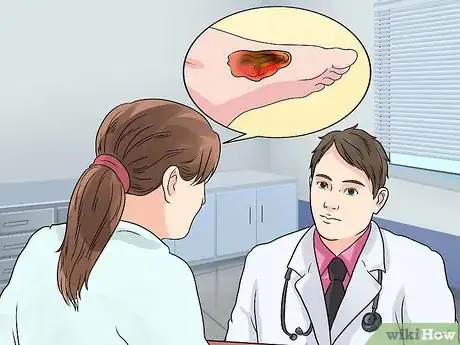
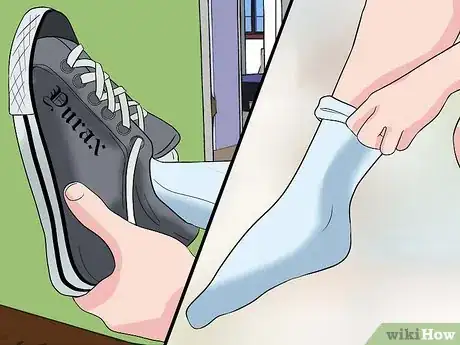
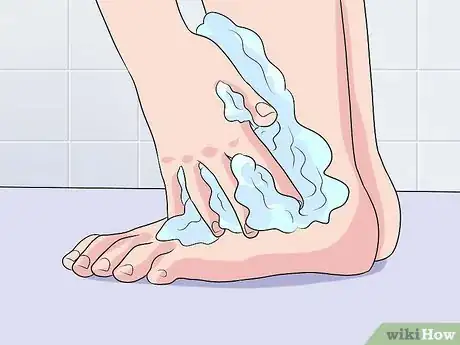
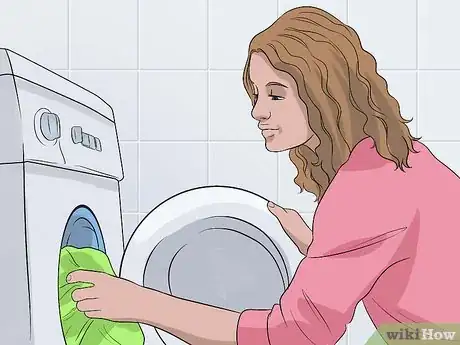


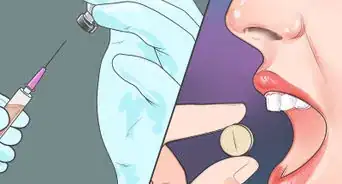

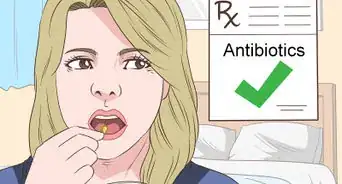
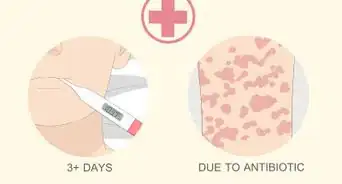

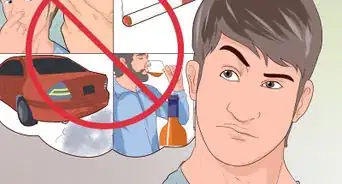



-Step-11.webp)
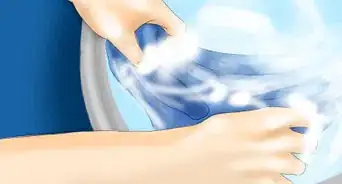
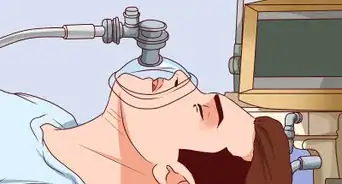










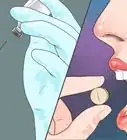




































Medical Disclaimer
The content of this article is not intended to be a substitute for professional medical advice, examination, diagnosis, or treatment. You should always contact your doctor or other qualified healthcare professional before starting, changing, or stopping any kind of health treatment.
Read More...